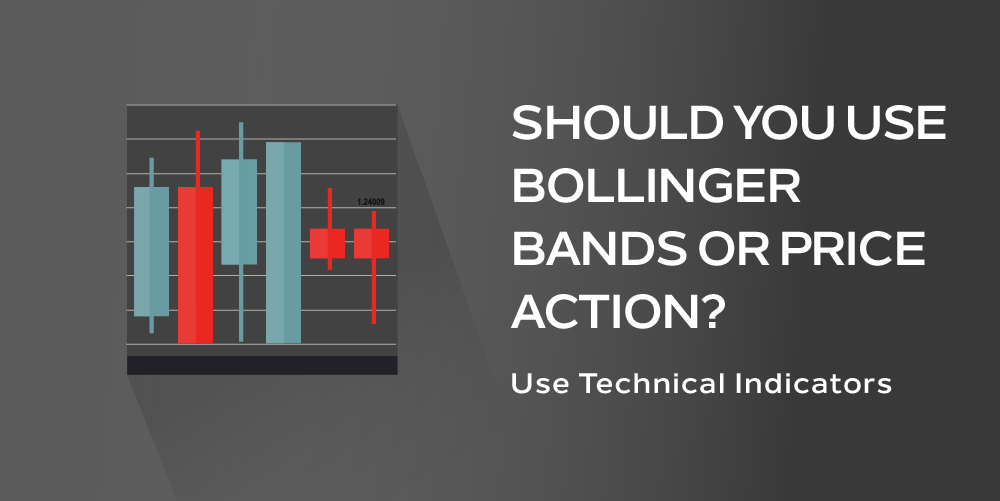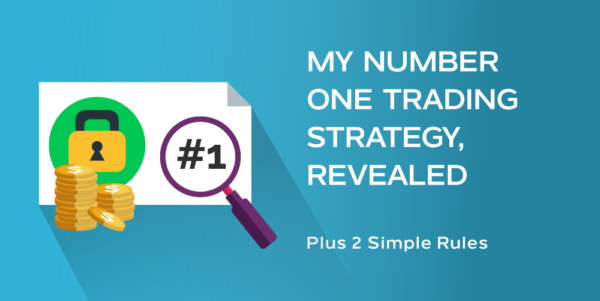
I was looking at technical price levels to help me determine the support and resistance level. While I had the chart up, I was reminded about a specific question that I’m often asked…“How do I decide whether to use Bollinger bands or 6 month support and resistance levels to determine the short strike price?”
The first technical indicator that I use to help me determine my support and resistance level is the Bollinger band indicator. Named after John Bollinger a famous market analysis, who took a simple 20 day simple moving average and applied 2 standard deviations to it.
The lower and the upper band are simply based on 2 standard deviations of the movement of the moving average indicator at any given time. It’s a very simple but a very effective indicator to help identify resistance and the support level for both directional and non-directional trading.
In this example you can see the Bollinger bands applied to SPY ETF:

Notice how throughout the length of the chart, which lasts slightly less than one year, the band covers the great majority the stock’s price movement. In other words, price rarely violates the upper and lower part of the band, which is why these bands are often utilized for support and resistance levels.
Notice how the bands expand when price or volatility expands and contract when price enters a trading range.
The standard deviation causes the bands to exaggerate volatility levels, which is why they make reliable short term support and resistance levels.
The other method that I often utilize for targeting support and resistance level is the last 6 month high price and the last 6 months low price.
This can very easily be found on any chart by simply selecting the last 6 months of time and then selecting the highest price and the lowest price during that time period.
In this example you can see a six month price chart of Microsoft stock:
Notice that it’s very simple to see the highest price and the lowest price during this time period and that’s all you have to do.
You have to keep in mind that we are not trying to time the market or figure out where the market is going to go next.
The goal is to find strategic support and resistance levels that will make it difficult to breach between the time the trade is initiated and the time the trade is liquidated.
Take a look at this example of Monsanto stock:
I applied the Bollinger band indicator to get some idea of the upper resistance level.
I noticed that price was breaching the upper part of the band, which is the resistance level, but because the price was already at the upper part of the band.
I needed to go further out and that’s when I decided to use the 6 month support and resistance level
In this example, you can see both the Bollinger bands and the 6 month support and resistance level for Monsanto stock.
Notice the 6 month high/low gives me much more breathing room in case the position goes against me.
So to get back to the question that started this article.
I typically rely on the Bollinger band when I’m trading shorter term time frame.
Specifically, where I’m going to be in the trade for a few days and price is very far away from violating either the upper or the lower bands.
In other words, the Bollinger bands give me adequate cushion in case the trade goes against us beyond the anticipated trading range.
In this particular case, the stock was already at violating the upper envelope of the band and I needed a price level that would give me a bit more of a cushion.
In Summary, Bollinger bands and 6 month support and resistance levels both make great technical price levels.
They can help you gauge medium term support and resistance level like a pro!
When I’m intending on holding trade for a few days and price is drifting between the upper and the lower part of the bands, I will consider using the Bollinger bands as my support and resistance level.
If on the other hand, I’m potentially holding the position for a few weeks or more and price is near the upper or lower Bollinger band at the time I’m initiating the trade, then I will look to the last 6 month high and low to give me more conservative price levels to use as support and resistance level.
Another way to gauge whether to use one or the other is to look at the overall trading action and the volatility of the underlying asset that you want to examine.
If the trading range is sharp and volatile and the asset demonstrates strong volatility, then the 6 month support and resistance is a good bet.
If on the other hand the asset exhibit low to medium volatility and predicable trading action, then I would stick with the Bollinger bands instead.















